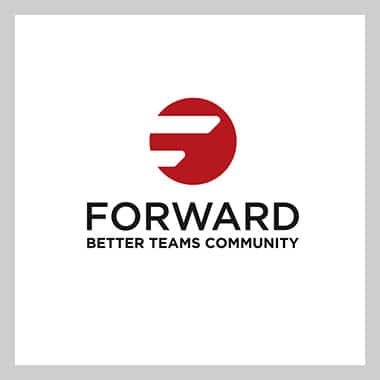Building Trust on Your Team
There’s no denying that trust is important in any relationship – and that includes relationships between team members. After all, how can you work effectively with someone if you don’t trust them?
Trust is the foundational area of the Better Teams Model & Assessment. It’s the largest of the triangles to represent how important it is.

Fortunately, there are many things you can do to build trust within your team. The most important thing is to be a trustworthy leader yourself. It’s important that you are consistent in your words and actions. Team Members need to know they can rely on you to follow through on your promises and keep everyone up-to-date on important information and changes.
You also need to create an environment where team members feel safe to be open and honest with each other. Read on to learn more about how to build trust on your team. One way is to create opportunities for team members to get to know each other on a personal level. This can be done through things like team-building exercises or social events outside of work.
Here are several activities you can use to help team members get to know each other on a personal level:
- Sunrise and Sunset Team Activity – A short activity you can add at the beginning of a team meeting to get to know each other
- Prepare Your Activity for A Risky Discussion – Ready your team to go into a conversation where you want them to feel safe to be candid
- The 4 Quadrants Team Activity – A longer activity to learn a lot about your team members, ideal for an off site retreat
Finally, demonstrate appropriate vulnerability yourself and encourage others to do the same. In other words, admit when you are wrong or need support. Ask questions and solicit input when you are unsure of what to do. Showing your human side does not mean you aren’t confident or capable, instead it makes your relatable and encourages others to feel safe to ask for help when they need it.
Summary
Building trust on teams is essential for a variety of reasons.
It allows team members to feel safe sharing ideas, it makes it easier to give constructive feedback, and it can lead to better team performance. If you’re interested in reading more about building trust on teams, sign up to get more blogs and team activities.
About the Author: Leigh Ann Rodgers, Founder of Better Teams, Team Consultant Academy, and FORWARD, is an IAF Certified Professional Facilitator with 20 years of experience in the human development field. Leigh Ann is a skilled meeting facilitator, trainer, and coach working across the globe to help leaders cultivate teams that are happy and high-performing.
Learn. Share. Practice. Move FORWARD. Join the Better Teams community, FORWARD, to network and grow with some of the most experienced professionals in the field of team building and facilitation. LEARN MORE

